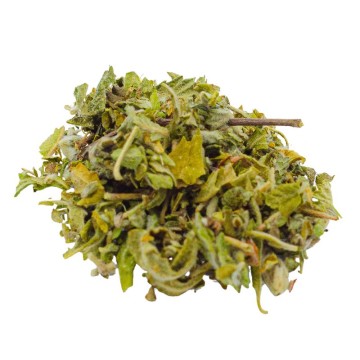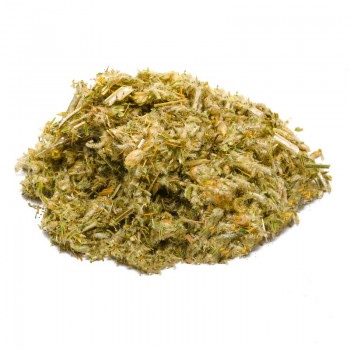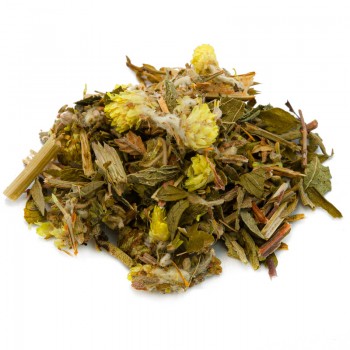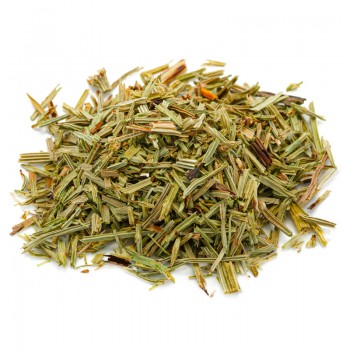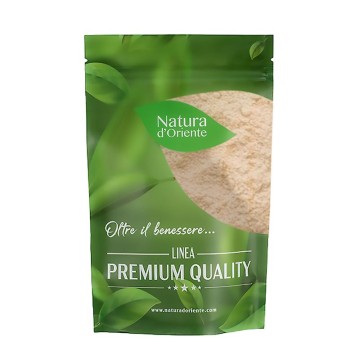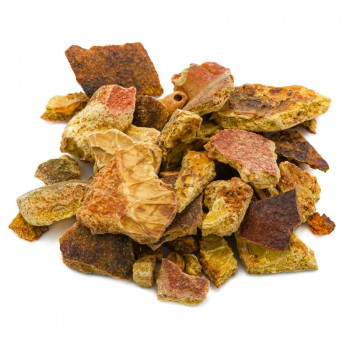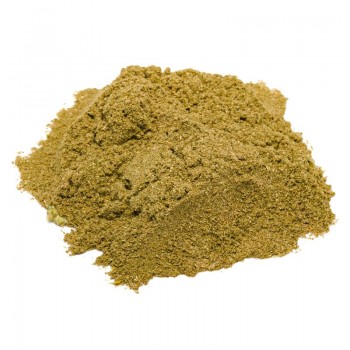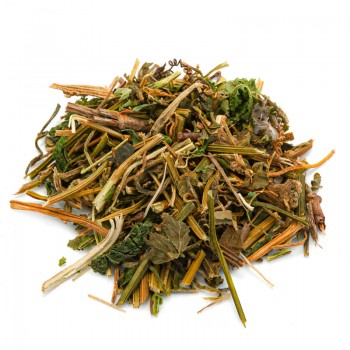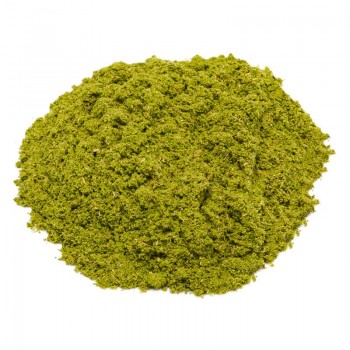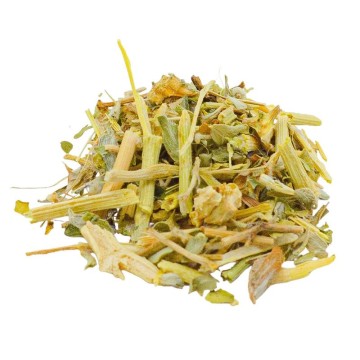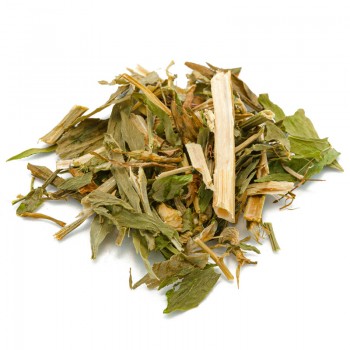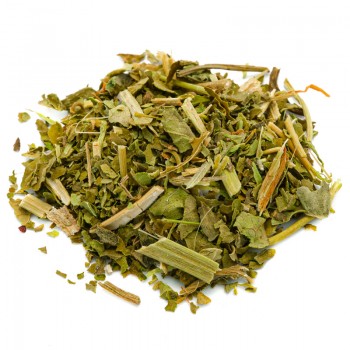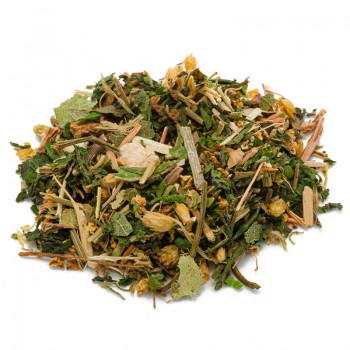The upper parts of this plant, that is the tops, contain various beneficial substances, capable of giving us excellent balsamic properties and expectorants for the respiratory tract .
In addition, hyssop is also used for a 'calming infusion , natural anti-inflammatory and useful in lowering blood pressure.
Hyssop: properties and benefits
The rich essential oil content of the plant gives us several active ingredients, including thujone, rosmarinic acid, caffeic acid, cineole and marrubina ; in addition to other flavonoid antioxidants .
These substances contained in hyssop are good for our well-being, with their soothing and therapeutic effects. Already in ancient times, hyssop was considered useful for combating coughs, asthma and colds.
The balsamic properties, due to the essential oil of hyssop, are essential in case of sore throat and cold, as expectorants for the airways.
To calm coughs, this herbal tea thins phlegm, favoring its elimination from the bronchi and lungs.
The infusion of hyssop is used, therefore, to bring relief to the symptoms of upper respiratory problems such as the common cold, bronchitis, phlegm and asthma. It also works best by inhaling the vapors of the infusion.
It is a diaphoretic infusion - promotes sweating. For this reason, it is also useful as a soothing agent in case of fever.
The hyssop also possesses useful qualities for a correct digestion; by stimulating the secretion of gastric juices, it facilitates intestinal transit, and eliminates gases that cause bloating and flatulence.
Furthermore, always binding to the digestive properties, hyssop flavonoids can promote diuresis, counteract water retention and provide help against urinary tract irritation.
In the past, in fact, an infusion of hyssop was considered a natural remedy for cystitis. Since hyssop works as a diuretic, it simplifies the body's detoxification process. By stimulating diuresis, it can facilitate the elimination of excess sodium from the body and, therefore, lower blood pressure.
The infusion of the leaves and tops can help in the herbal treatment of inflammation of the joints and muscles - it acts as a peripheral vasodilator. Some lesser known properties of hyssop-based tea, useful for women, are: stimulation of menstruation, (as an emmenagogue) and the relief of digestive symptoms related to PMS. The infusion, in fact, is also antispasmodic.
It can also have a calming effect, for those suffering from anxiety, nervousness and difficulty falling asleep. In ancient times, it was used to eliminate parasites in the gastrointestinal tract, and to defend the body against infections.
Origins and History of cultivation
Hyssop is a plant native to the Mediterranean countries and temperate areas of Asia, but is now widely cultivated all over the world.
It is often chosen as a decorative plant, although for centuries hyssop has been used for ritual cleansing and as a medicine.
Known since biblical times, it enjoyed great cultural, religious and social importance in different periods of history and among various populations; including Greeks and Egyptians.
In the Old Testament, it was present in the stories of the exodus from Egypt, while in the New Testament, hyssop wood is mentioned during the Calvary of Jesus.
Its botanical name derives from the Greek hyssopos, which means arrow-shaped, while according to others it comes from the Hebrew Esobh which means sacred herb.
In ancient times, in fact, it was used to burn hyssop and cedar wood to purify the air. Today it is known that the volatile oil and other ingredients contained in the tops (green leaves and stems), possess natural antibacterial qualities , and other beneficial properties.
In addition to the herbal part, we know that this plant is edible, and the leaves are commonly used as an aromatic herb in many recipes, due to their mint-like aroma .
Planand flowers
Hyssopus officinalis is a perennial plant of the Lamiaceae family, known for the many varieties of medicinal and cooking herbs. Like many other plants in this family, hyssop features a thin, square stem with opposite leaves. It can reach up to 2 meters in height, blooms from June to October with purple-blue, very fragrant flowers. Only some cultivars show white or pink flowers.
Nutritional values of the hyssop
The green leaves and stems of hyssop contain several bioactive compounds, including rosmarinic and caffeic acids, limonene, tannin, glycosides (diosmin). There are several flavonoids, thujone, acid, cineole and other antioxidants.
How to use the tips of Hyssop in the herbal tea
The infusion of hyssop is obtained by inserting approximately 3-5 grams of the tops of the herbal tea into a cup (250 ml), with water at 100 ° C.
Leave to infuse for 5 to 8 minutes, before drinking the herbal tea.
Add honey or sugar if desired.
Hyssop: side effects and contraindications
It is not recommended to take hyssop in high doses or for a continuous period longer than two weeks. Hyssop Essential Oil contains a substance (ketone), which can cause seizures if taken in excessive doses. As with all natural products, allergies can develop in predisposed subjects, and hypersensitive to some components.
Hyssop should not be taken during breastfeeding and during pregnancy ; possesses emmenagogic qualities , capable of stimulating menstrual flow.






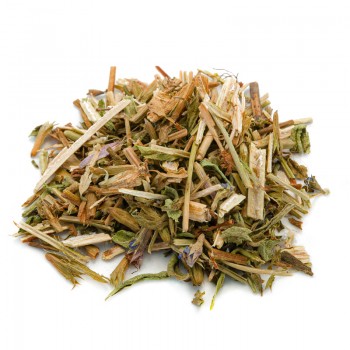




 No reward points for this product.
No reward points for this product.
